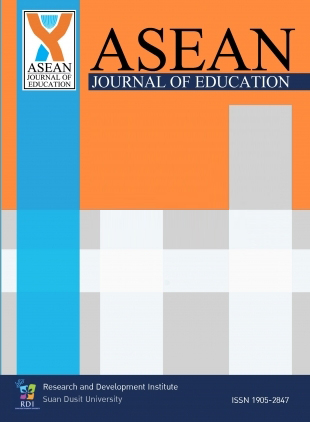Learning gains in web programming course with automatic code generator program using a structured flowchart
Keywords:
Learning gain, Normalized gain, Programming course, FlowchartAbstract
Following normalized gain concept, including class average normalized gain, single student normalized gain, single test item normalized gain, and conceptual dimensional normalized gain. The aim of this research was to assess learning gain for the computer programming course using automatic code generator using a structured flowchart (CGF tool). Moreover, the research aims to compare the understanding of the programming course between the experimental group and the control group. Data were collected from 58 students enrolled in web programming course. The data were collected through pre-test and post-test and then analyzed with descriptive statistics and inferential statistics using t-test and normalized gain. The findings, notably revealed that 1) Post-test score average of an experimental group was significantly higher than a control group at the level of 0.05. 2) Class average normalized gain of the experimental group was in the medium gain <g> = 0.59 and control group was in the low gain <g> = 0.23. 3) Single student normalized gain results showed that 3.1) an experimental group was in the high gain (39.02 percent), medium gain (46.35 percent) and low gain (14.63 percent). 3.2) a control group was in the high gain (5.88 percent), medium gain (29.41 percent) and low gain (64.71 percent). 4) Single test item normalized gain was in the high gain (3 items), medium gain (6 items) and low gain (1 item). 5) Conceptual dimensional normalized gain was in the high gain (1 concept) and medium gain (3 concepts).

Downloads
Published
How to Cite
Issue
Section
License
1 All articles will undergo a formal peer-review. A panel of experts from within or without the university will examine the article; approval from a minimum of two experts is required for publication. Revisions posed by the experts must be completed by the research prior to publication.
2 Once published in the ASEAN Journal of Education, the article becomes intellectual property of Suan Dusit University. Duplication, in full or part, requires permission from Suan Dusit University.
3 Excluding errors incurred during printing, author(s) are responsible for the content of their articles.





